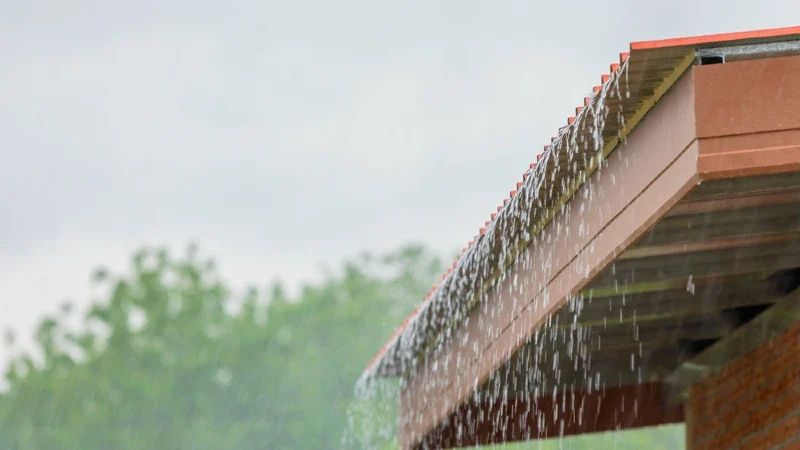Disclosure: This post may contain affiliate links, meaning we get a commission if you decide to make a purchase through our links, at no cost to you. Please read our disclosure for more info.
Rain isn’t something that most people expect to have benefits for anything else, other than plants and nature. However, with the right technological approach, rainwater can also do a lot of good for your own house and life. We’re talking about rainwater harvesting and the perks of doing it. With both active and passive systems available, it’s time to find out about the benefits of installing such a system!
In This Post:
First Up – Passive Rainwater Systems
For the most part, passive rainwater harvesting works just like any passive system in any field – without the involvement of a human or the need for intrusive controls. No valves or switches are involved.
Passive systems have a great upside as they need little to no energy and no active control and manipulation strategies from the owners.
These kinds of systems are especially popular in richer, but dry regions like the South of France, California and parts of the Southern United States, Spain as well as other countries.
A fully capable passive rainwater harvesting system needs not only gutters and tanks for harvesting. There are usually earthworks and construction that needs to be done, in order to speed the infiltration and collection of rainwater. Rainwater is usually collected from the roof, from the street, vegetation and, of course, the ground. It’s estimated that a layer of mulch next to the plants should be able to shrink your water needs by a fifth (around 20%).
All in all, a passive system captures the water and does not let it get away from a designated area (e.g. your territory, yard, garden, etc.).
And What About Active Rainwater Harvesting Systems?
Active rainwater harvesting systems are and need to be controlled by someone or something. Switches, valves or a person need to change between the on or off positions for the system.
The primary difference between an active and a passive system is not the need for control and turning it on or off. It’s actually the requirement for energy. Passive systems use little if any energy at all, whilst the more active a system, the more power-hungry it becomes. Cisterns or tankers on the roof of a house may be the best example of an active rainwater harvesting system. Such a solution can rack up quite high costs when building and also put on a limit on the amount of water that you can collect.
Active or Passive, Which is Better?
For the most part, both types of systems have their own pros and cons. Nevertheless, an active system can be costlier and have more limitations on what you’re able to do. A passive system won’t require any extra inputs and will allow you to gather and collect rainwater, fuss and effort-free. But, for most people, an active system is a much more realistic solution that’s easier to install and manage.

